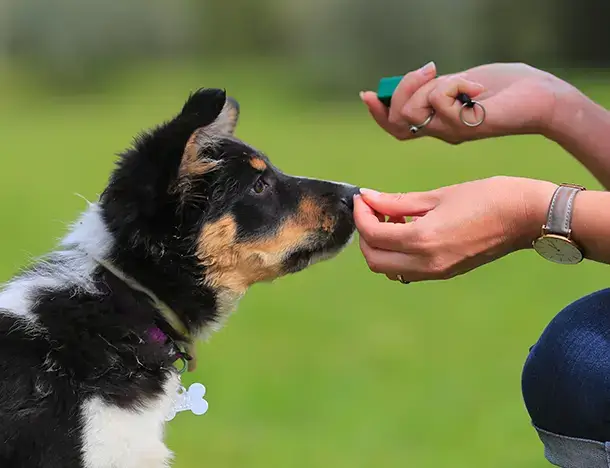Free to be at ease
Animals are at their best when they feel at ease. Fear Free® offers science-based, behavior-led strategies and education to prevent and reduce fear, anxiety, and stress for pets worldwide.



Find Fear Free® Near Me
Find a Certified Veterinary Practice, Individual Certified Professional, & Team of Certified Professionals.
What is Fear Free®?
Our mission is to prevent and alleviate fear, anxiety, and stress in pets by inspiring and educating the people who care for them.
Founded by “America’s Veterinarian,” Dr. Marty Becker, his initial thought of what “Fear Free care” could look like has transformed into some of the most innovative educational programs in the history of the veterinary, pet professional, and animal welfare industries. “Fear Free” is now a technique, an approach, and even a philosophy. Fear Free aims to inspire and educate through certification programs, courses, articles, resources, podcasts, and more.

Education Beyond Certification
We are known for our Certification Programs, but we offer so much more! Explore courses, webinars, podcasts, articles, and more in our Education Library. Please note that some content is exclusive to specific membership types; simply adjust the filters within the Education Library to view the desired content.





